Introduction
Mene maculate or the Moonfish-Chandni is the only extant member of the genus Mene and the family Menidae. These days, it’s only abundant in the indo-pacific region and is a popular food fish among Southeast Asian communities. The local Philipino community of Pakistan is the major local consumer of this moonfish-chandni.
This is a weirdly built fish, but more edible than you might expect for something that flat and bony.
Flavor Profile
This is a weirdly built fish, but more edible than you might expect for something that flat and bony.
Nomenclature
- English Name: Moonfish, Mene fish
- Local Name: Chandni
- Other Names: Bilong-Bilong, Chabita, Hiwas or Tahas
- Scientific Name: Mene Maculata
Habitat
Moonfish is a Sea fish that lives in Deeper coastal waters, around coral reefs, sometimes in estuaries.
Catching Method
Moonfish is caught using Gillnets.
Physical Attributes
Moonfish do not have visible scales. The body is highly compressed laterally and very deep vertically. The ventral profile is steep, with a sharp ventral edge. The caudal fin is deeply forked. The mouth is small and protrusible.
Color
The Moonfish is silvery below and blue-green on the back, with three to four rows of dark gray spots on the upper side
Size
On average, the Moonfish size range is 50 to 150 grams per fish. However, other sizes are also occasionally available.
Cutting Preferences
Moonfish is preferred for whole cutting or boneless fillets.
Approx. Cutting Yields
- Whole: 100%
- Gutted: 80%
- Headless and Gutted: 60%
- Slices: 55%
- Boneless: 40%
Cooking Preferences
Moon Fish is preferred to pan fry. You can fry this fish “pan dressed” with just a dusting of rice flour and it’s not that hard to disassemble on the plate because the bones are pretty much fused to the fins at the edge of the fish.
Health Benefits
- Heart friendly
- Lowers Blood Pressure
- Improves Immune System
- Strengthens the bones
- Improves Skin and Hair health

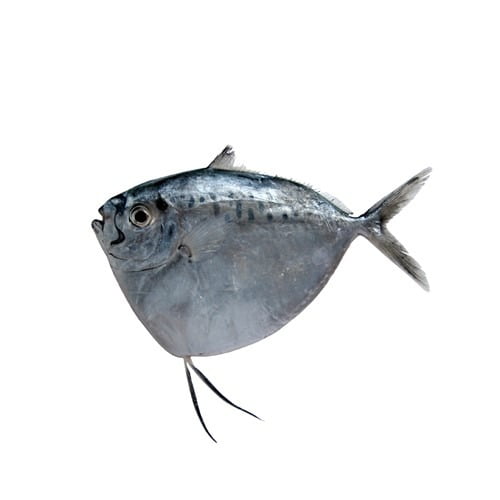
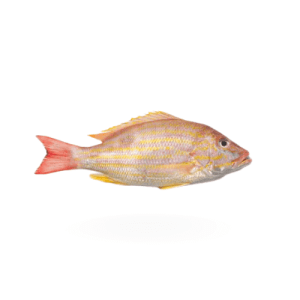
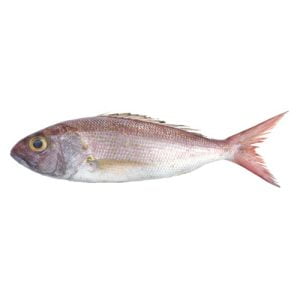
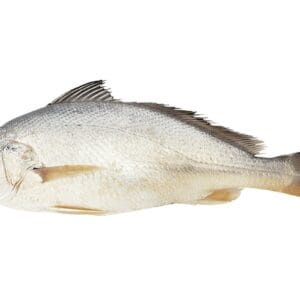
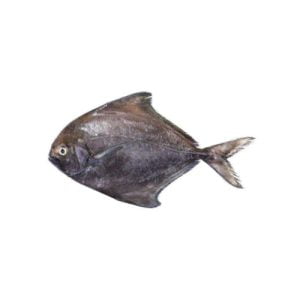

There are no reviews yet.